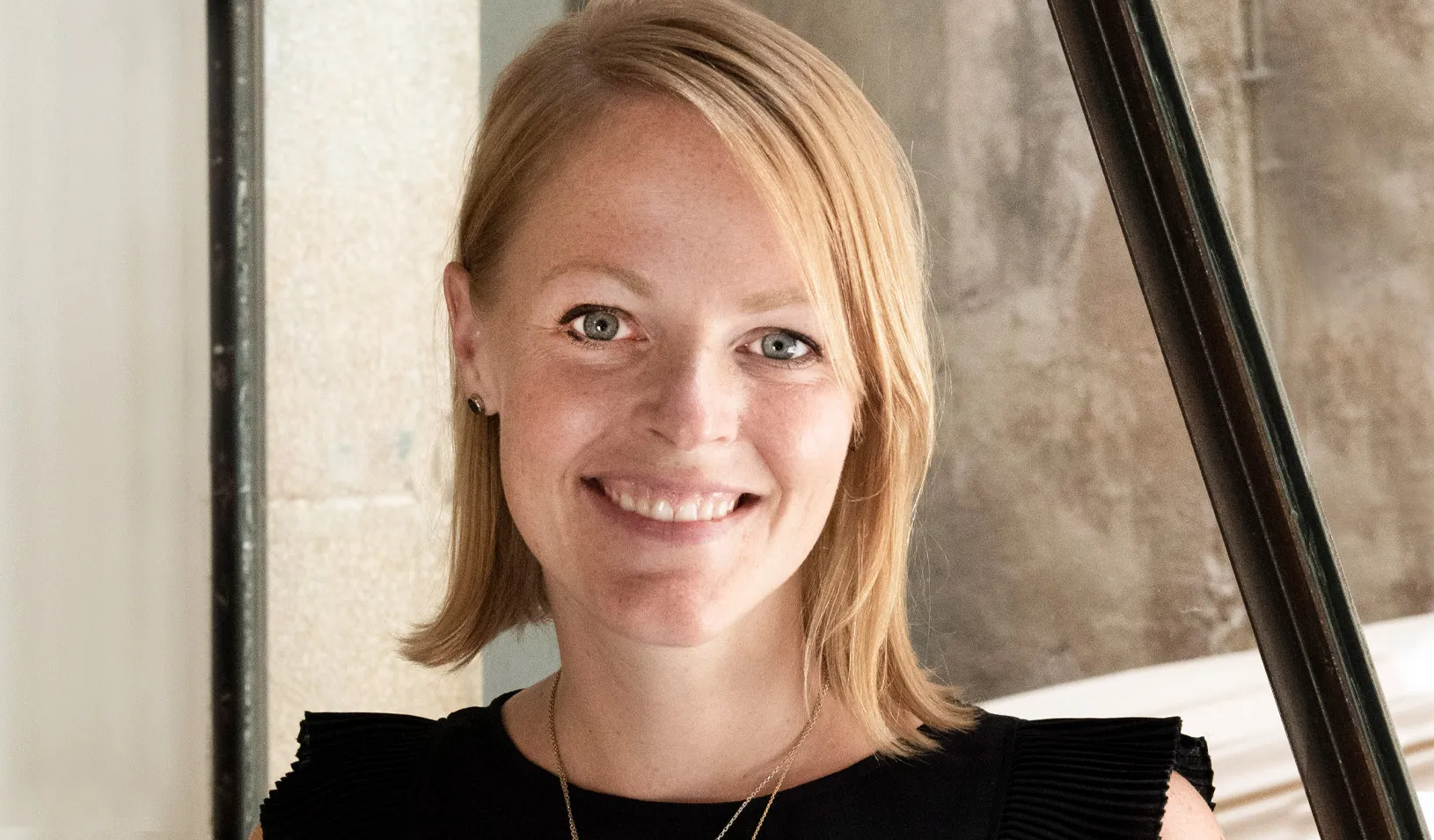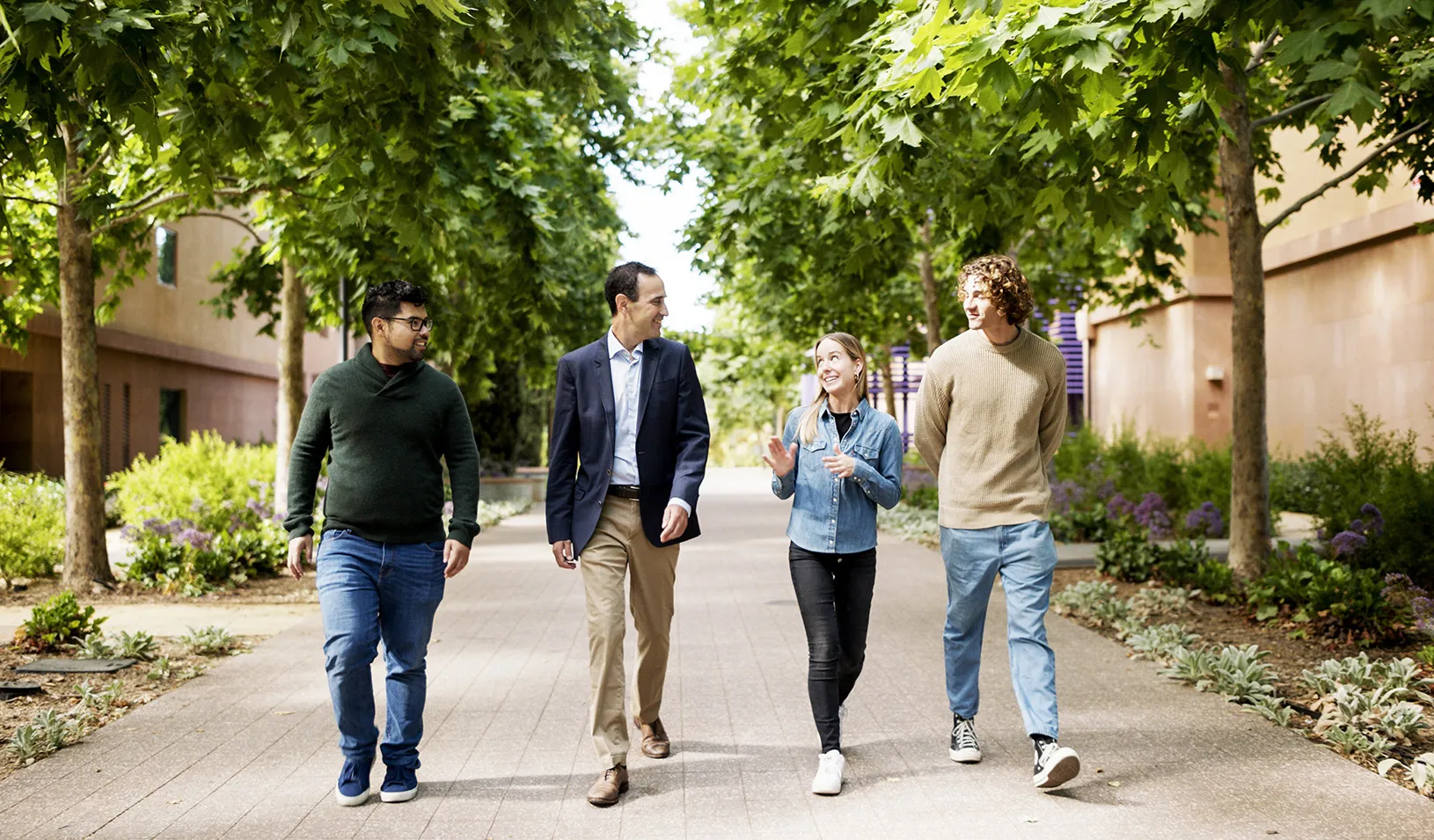Harnessing Mobile Tech and Students to Promote Development in Kenya
Stanford students and faculty partner with Kenyan organizations to reduce urban poverty through novel applications of mobile phone technology.
March 19, 2012
Joshua Cohen, Stanford professor of law, political science, and philosophy, and director of the Program on Global Justice at Freeman Spogli Institute.
Can strategic applications of mobile technology yield benefits in the developing world? Stanford professor Joshua Cohen thinks so. But he also emphasizes that applications need to pay careful attention to design and to be founded on strong relationships. His course, Designing Liberation Technologies, brings small interdisciplinary teams of Stanford students together with students from the University of Nairobi and local NGOs to design new uses of mobile platforms for promoting human development in Nairobi’s informal settlements.
At a forum on alleviating poverty in March organized by the Stanford Institute for Innovation in Developing Economies (SEED) Cohen shared some ideas from his course, which he has been teaching since 2010 at Stanford’s Hasso Plattner Institute of Design with Terry Winograd from Stanford’s Computer Science Department. The course is premised on the idea that mobile tech is indeed a promising means for providing what Cohen calls “jumpstarts in human welfare.” After the conference, Marguerite Rigoglioso interviewed Cohen, the Marta Sutton Weeks Professor of Ethics in Society and codirector of the Program on Liberation Technologies, which sits in Stanford’s Freeman Spogli Institute for International Studies (FSI).
Why does your course focus on Kenya?
Cohen: Kenya is filled with challenges and opportunities. Challenges, because Kenya is a pretty low-income country. Using the U.N.’s human development index, it is number 147 of 182 countries. The average life expectancy is about 57 years, and health care services are not only expensive but also severely overstretched. In Kenya’s capital, Nairobi, Kibera is the second largest informal settlement in Africa — home to hundreds of thousands of people crammed into a space about 75% the size of Manhattan’s Central Park. In Kibera and other informal settlements — for example, Mathare — there are very limited municipal services, and most residents have to purchase necessities such as potable water. Kenya also represents opportunities —— it is an emerging hub of innovation in information technology, so there is great potential for interesting projects. Moreover, the informal settlements are filled with energy and enterprise.
Why do you take the use of mobile applications in areas of health, education, and economic development as the starting point?
Cohen: Economic growth is important for human development, and technology is a big driver of that growth. Mobile is, in fact, the most rapidly growing technology, particularly in the developing world. In 2000, there were 16 million mobile subscriptions in Africa; in 2008, there were 376 million. In Kenya, whereas only 22% of the population has internet access, most people have mobile phones. And those phones provide access to a wide array of services, from banking to shopping. So mobile technology is now native in much of the world. That said, mobile is good for addressing challenges that come from costly information but may not be especially helpful in addressing other challenges — in particular, the lack of decent public goods.
How can student projects be appropriately crafted to serve the real needs of Kenyans?
Cohen: This is where what we call “human-centered design” comes in, something that the d.school specializes in. It’s a problem-solving process that involves starting with the potential users themselves. From there, you develop insights about how to think about the needs of users, and then you brainstorm across disciplinary boundaries to develop and test prototypes. In our course we start by having some students travel to Nairobi, where they collaborate with Nairobi-based organizations that work in the informal settlements (Umande Trust, Mathare Youth Sports Association), as well as faculty and students from the University of Nairobi’s School of Computing and Informatics. That collaboration continues through the course through electronic communication. At the end, we have people from the organizations come to Stanford to help us evaluate the projects and decide whether it makes sense to continue them. If the partners are interested and the students decide to continue, the project teams can travel to Nairobi to explore possibilities for developing their projects further.
What are some of the issues that Stanford student projects have addressed?
Cohen: We’ve had a wealth of worthy projects involving the use of mobile phones for things like locating malaria drugs and checking them for counterfeiting, helping health workers collect patient information and control patient workflow, and helping pregnant women to save money for prenatal care.
What kinds of pilots have you launched?
Cohen: On March 29, 2012, we will be initiating a six-month pilot for a project called M-Maji in five villages in Kibera. The aim is to help people find clean water, especially when there are water shortages. The pilot will be implemented by Umande Trust, a water and sanitation organization in Kibera. It uses mobile technology to have water sellers report to a server on water availability, price, and quality. Buyers can then access that information on their mobile phones.
Another pilot project, called Nishauri, allows users in Mathare to send questions on HIV and other sexually transmitted diseases via mobile phone to HIV counseling and treatment sites run by the Mathare Youth Sports Association. We hope it will change behaviors and reduce risk and infection, but we are still at the stage of figuring out how exactly to do a field experiment that will test the idea. This project, like all of the pilots that have come out of the course, has had key support from the Center on Democracy, Development, and the Rule of Law and from FSI’s new Global Underdevelopment Action Fund.
Any projects that haven’t yielded the results you wanted?
Cohen: One of our projects — Safe Mathare — was geared toward helping women in Mathare, where it is dangerous to walk alone, particularly at dawn and dusk. The initial design enrolled escorts through the Office of the District Officer for Mathare, who walked around with GPS-enabled phones. The phones would transmit their location, and users would access that information on their mobile phones so they could link up with the nearest escorts. The initial design faced lots of problems. After three months, a couple of escorts were assaulted, and there were reports of ethnic favoritism by the escorts and efforts to bribe them. On the positive side, the introduction of this system prompted some efforts by women to call each other to walk together. The team is now digging deeper — returning to the need-finding phase of the design process — to understand better how to achieve greater personal safety in Mathare.
How can academic research best be used to help alleviate poverty in the developing world?
Cohen: It’s easy to think that, with the right technology or the right design method, we can solve lots of problems. I think that view is seriously misguided. In our course, all of our projects are relationship intensive. We have worked hard to build partnerships at the University of Nairobi, where we now have friends and colleagues. And we have also worked hard to build collaborations with the Nairobi-based organizations that make it possible for our students to do these projects. Our idea is that if we can build and strengthen these ties, maybe we can help the organizations address challenges they have not yet been able to tackle. In the end, the projects will only work if they are owned by the partner organizations. You have to approach these issues with lots of humility, with an appreciation of why the challenges are so hard to overcome, how the best intentions go astray, how important it is to be persistent and committed, and how essential it is to increase the capacity of existing organizations, which are filled with smart, serious, dedicated people.
For media inquiries, visit the Newsroom.
Explore More
Erin Nixon Joins Stanford GSB as Assistant Dean of Admissions

Nia Rose Froome, MBA ’23: Making Local, Fresh Food Available for All

New Research Fund Promotes Responsible Leadership for the Next Century
